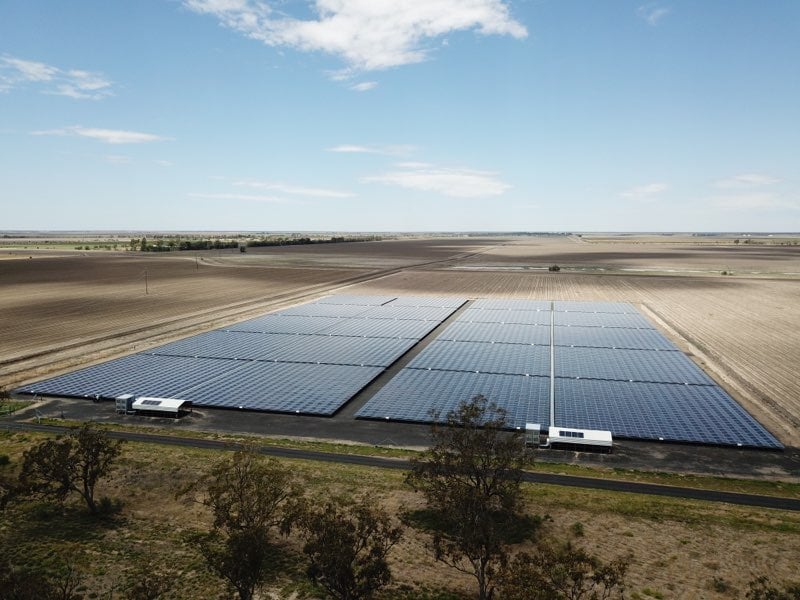As Australia’s climate becomes more extreme, it’s not the coal fired power stations that will come to the rescue with their mythical ‘base loads’. Indeed coal fired generators are given to breaking down in high temperatures. Breakdowns can lead to blackouts over large areas thanks to Australia’s outdated and very centralised power generation and dependence on an interconnected national power grid.
The efficiency of coal fired power also declines in heat waves, even more so for gas turbines. The wires that transport power can be affected by high temperatures, as can solar panels.
Energy Networks Australia warned in January that power prices will have to rise to cover insurance costs as risks from extreme weather events increase.
The answer to making our power systems more resilient is to ensure local areas can maintain power even when power is cut off elsewhere. For this we need new and smaller interconnected systems with battery storage.
Demonstration microgrid projects are already up and running; ironing out the problems and proving the benefits.
Read more here by Bjorn Sturmberg, Research Leader, Battery Storage & Grid Integration at the ANU.
Imagine the jobs that could be created in rural and regional areas to build grids for even the smallest communities, right around the country.
The investment required for microgrids would be considerable but the payback in energy security, lower costs long term, jobs and fewer greenhouse emissions would have to be worth it.

